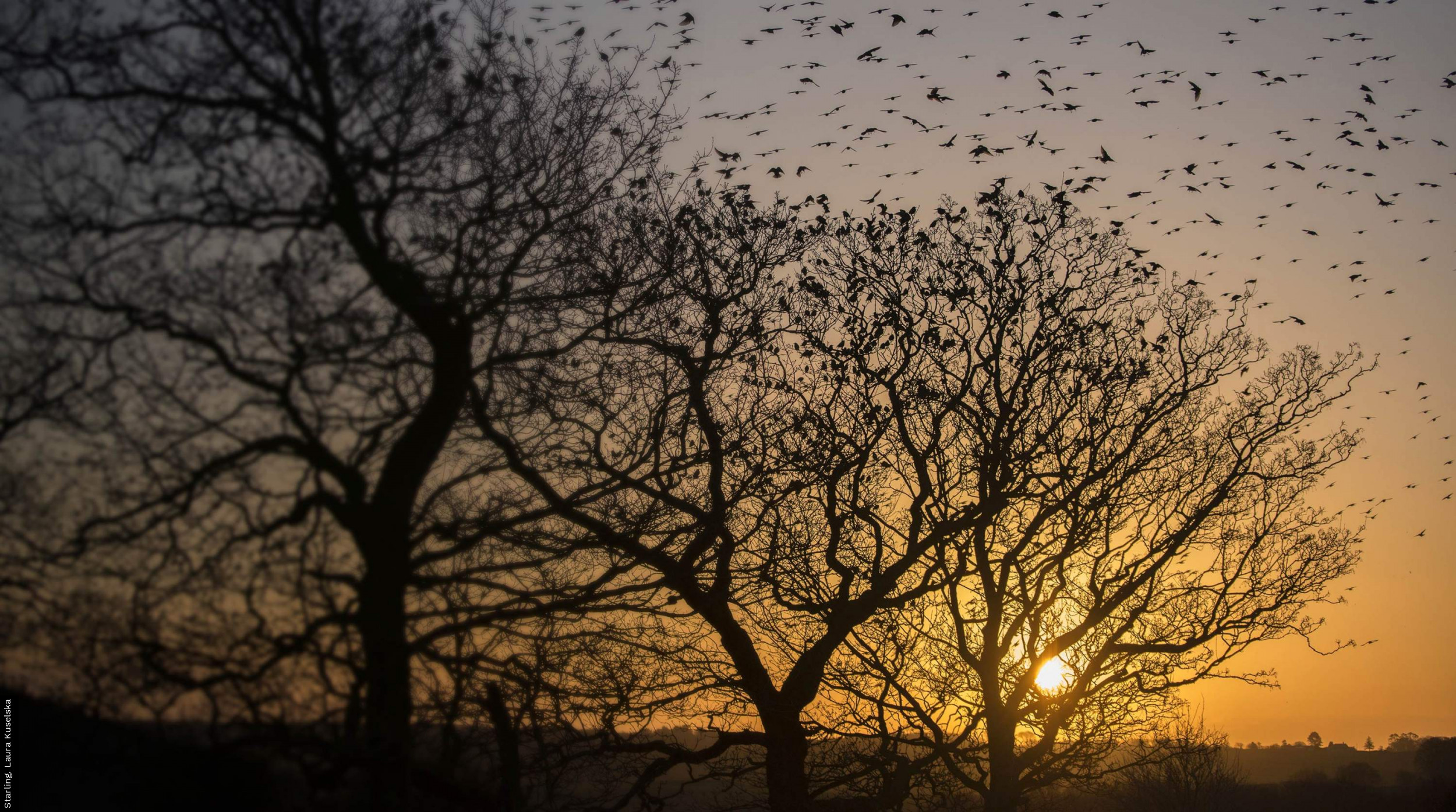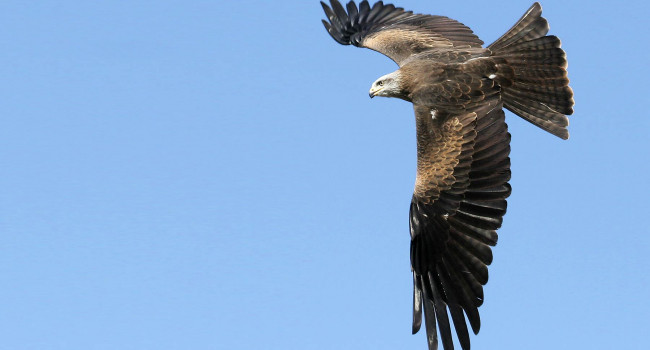Avian responses to climate extremes: insights into abundance curves and species sensitivity using the UK Breeding Bird Survey

Author(s): Tirozzi, P., Massimino, D. & Bani, L.
Published: January 2024
Journal: Oecologia
Digital Identifier No. (DOI): 10.1007/s00442-023-05504-9
Abstract
Climate change remains one of the most urgent challenges for biodiversity conservation. Recent studies have highlighted that climate extremes (CLEXs) can lead to widespread and negative efects across all taxa and ecological levels, but most of these studies are based on short-term periods and small spatial scales and lack a multi-species approach. Here, using generalised additive models (GAMs) and the UK Breeding Bird Survey (BBS), we described response curves for the abundance of 100 resident bird species over large spatial and temporal scales and identifed the species showing a greater sensitivity to CLEXs. We used fve climatic indices computed at 1-km spatial resolution as proxies of CLEXs during the winter or breeding season and considered both 1- and 2-year lagged efects. The results demonstrated widespread and signifcant efects of CLEXs on bird abundances at both time lags and in both seasons. Winter frost days (FD0), summer days (SU25) during the breeding season and simple precipitation intensity index (SDII) during the breeding season mainly showed negative efects. Daily temperature range (DTR) in both winter and breeding season and dry days (DD) during the breeding season led to diversifed responses across the species, with a prevalence of positive efects. A large proportion of species showed a high sensitivity to CLEXs, highlighting that these species may deserve attention in future studies aimed at biodiversity conservation. We demonstrated that CLEXs can represent a signifcant driver afecting population abundances over large spatial and temporal scales, emphasising the need for understanding mechanistic processes at the basis of the observed efects.
Notes
The authors thank all surveyors who have taken part in the Breeding Bird Survey, a partnership funded by the British Trust for Ornithology, Royal Society for the Protection of Birds and Joint NatureConservation, with feldwork conducted by volunteers.
Staff Author(s)







Share this page